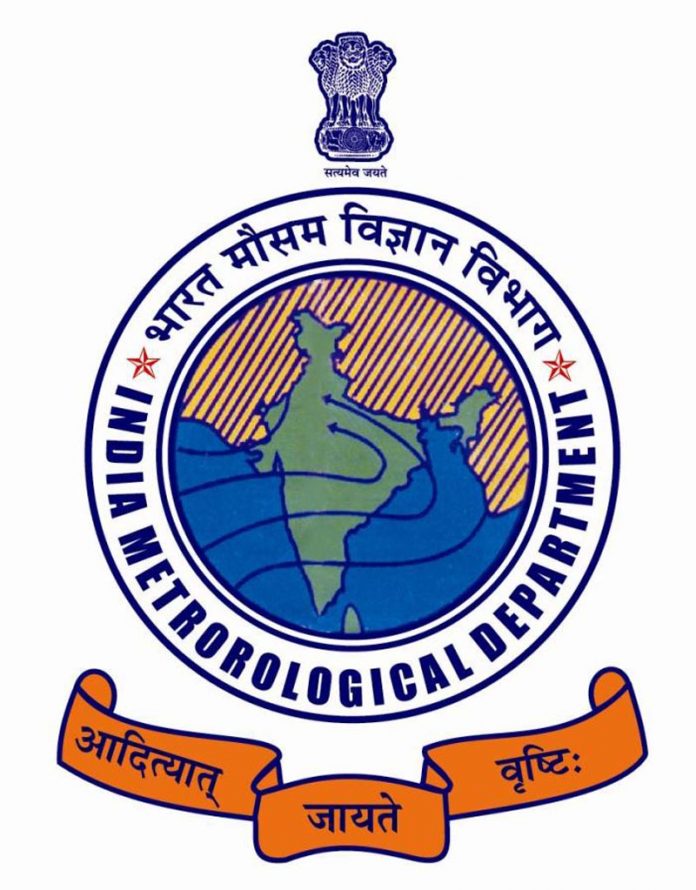Three Doppler radars, 4 compact systems, 5 HAWOS sanctioned
Mohinder Verma
JAMMU, Aug 29: In order to ensure enhanced climate monitoring and better and region specific weather forecasting, the Ministry of Earth Sciences has decided to enormously widen the network of Indian Meteorological Depart-ment (IMD) in Jammu and Kashmir by installing new Doppler Weather Radars, Compact Systems, Heliport Automated Weather Obser-vation Systems, Automatic Weather Station, Automatic Rain and Snow Gauges.
Official sources told EXCELSIOR that to address the sector-wise issues related to hydro-meteorological events, Ministry of Earth Sciences has initiated Integrated Himalayan Meteorology Programme for Western and Central Himalayas, which covers four States namely Jammu and Kashmir, Himachal Pradesh, Uttarakhand and Sub-Himalayan West Bengal.
Keeping in view existing network of Indian Meteorological Department in Jammu and Kashmir, which is not adequate, and to meet the future requirements, the Ministry, on the recommendations of a Working Group constituted by National Institution for Transforming India (NITI) Aayog has decided to enormously widen the existing network of IMD in this State.
They disclosed that in J&K three more Doppler Weather Radars, four Compact Systems, five Heliport Automated Weather Observation Systems (HAWOS) and large number of Automatic Weather Stations, Automatic Rain Gauges and Snow Gauges will be established under Integrated Himalayan Meteorology Programme for Western and Central Himalayas Project for enhanced climate monitoring and better and region specific weather forecasting.
Stating that at present only one Doppler Weather Radar has been installed at Srinagar, sources said that sites for new Automatic Weather Stations, Automatic Rain Gauges and Snow Gauges network have already been identified by the Indian Meteorological Department on the instructions of Ministry of Earth Sciences.
As far as Compact Radar Systems are concerned, they said that four new such systems will be put in place at Pahalgam, Anantnag, Rajouri and Ramban. Similarly, Heliport Automated Weather Observation Systems will be put in place at Holy Cave of Shri Amarnathji Shrine, Panjtarni, Baltal, Pahalgam and Katra.
It is pertinent to mention here that Doppler Weather Radar (DWR) observations are used for forecasting of severe weather systems while as Compact Systems are used for the detection of rainfall intensity of short ranges and ideally suited to provide forecasters with detailed information about local rainfall and early warning of approaching storms for operational forecasting.
Similarly, Heliport Automated Weather Observation System helps in ensuring exact meteorological support to the helicopter services which is lacking at present. All the locations for this system will have aviation specific sensors.
The major objectives of the Integrated Himalayan Meteorology Programme for Western and Central Himalayas is to improve and upgrade mountain weather and climate services by establishing optimal state-of-the art surface and upper air observatories for real time observations and communication; improving the understanding and prediction of weather and climate processes in complex terrain and development of appropriate system for round the clock monitoring and early warning for extreme weather taking into consideration the requirements of all users and sectors in the region.
The other objectives include improving the spatial and temporal density of aviation weather observational network particularly in the mountainous terrain focused towards providing safe and effective meteorological service for helicopter operations and to improve understanding of physical processes leading to heavy rainfall, heavy snowfall and cloudburst in mountain region and to build appropriate services.
“As sites have already been identified for widening of network of IMD in J&K it is expected that work will begin shortly and the entire new system will be put in place within next one and half year”, sources said.
When contacted, IMD Director Srinagar Sonam Lotus confirmed that Ministry of Earth Sciences has decided to widen the network of IMD in Jammu and Kashmir along with other States which fall in Western and Central Himalayas. “The modernization and upgradation of network would go a long way in better climate monitoring and weather forecasting”, he added.


